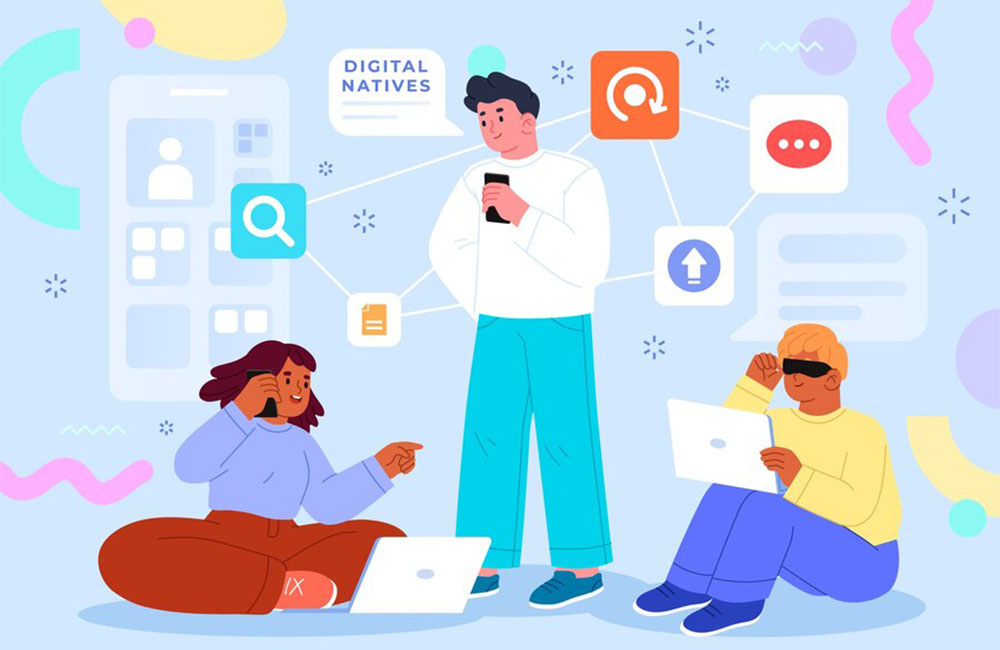Having an online presence for businesses is no longer an option; it is more of a requirement these days. Social media is used by businesses of all sizes to increase their online presence, get followers, and communicate with their target consumers. With this, it is safe to assume that you will no longer find any business these days that are not on social media.
However, whether you’re just getting started or a seasoned veteran, there’s always room for growth. So, here are 4 easy reminders to help you boost your social media game and market your brand successfully.

Blockchain Technology's Impact on Online Advertising
- May 13, 2024
Businesses that want to develop meaningful connections with their consumers in this digital age—where data is frequently called the new oil—must prioritize trust and openness.
Here we have blockchain technology, which has its roots in the development of digital currencies like Bitcoin but is now finding uses in digital marketing and beyond. This essay delves into the use of blockchain technology in digital marketing and how it may improve trust and transparency in a web that is becoming more and more intricate.
Getting to Know Blockchain
Blockchain, at its heart, is a distributed ledger system that securely and immutably records transactions over a network of computers. An immutable record of transactions is created by including a cryptographic hash of the prior block in each successive block in the chain.
Improving Online Advertising Openness
Consumers often face challenges with data privacy, ad fraud, and false news in digital marketing, where transparency is essential for building confidence. Digital marketing may benefit from blockchain technology in a number of ways that increase transparency:
Revealing the Value Chain:
With blockchain technology, supply chains can be seen and tracked from beginning to finish, giving buyers more control over their purchases by revealing their true origins. Industries such as food and luxury goods, where the threat of counterfeit items is substantial, greatly benefit from this openness.
Anti-Fraud and Ad Transparency Measures:
Click fraud, ad misplacement, and bot traffic are widespread problems in digital advertising that damage confidence and squander advertising money. By keeping track of ad impressions, clicks, and conversions on a distributed ledger, blockchain-based solutions may provide accountability and transparency while reducing the likelihood of ad fraud.
Privacy of Data and Management of Consent:
The General Data Protection Regulation (GDPR) and the California Consumer Privacy Act (CCPA) have shifted the focus of marketers toward data privacy. By providing a decentralized method of data storage and administration, blockchain technology allows users to gain control over and profit from their personal data in a way that complies with privacy standards.
Protecting Intellectual Property and Ensuring the Authenticity of Content:
To avoid plagiarism and unlawful use, digital information such as photographs, videos, and articles may be authenticated and timestamped using blockchain technology. Blockchain technology offers authors of digital content a way to secure their intellectual property and prove who owns what.
Creating Reliability via Unchangeable Documents
The immutability of blockchain transactions is one of its most appealing properties. Once a transaction is recorded on the blockchain, it cannot be removed or changed. Consumers and stakeholders are more likely to have faith in this digital ecosystem because of its intrinsic trustworthiness, which in turn promotes more transparency and accountability.
Things to Think About and Overcome
Despite blockchain’s great potential to improve digital marketing’s openness and trustworthiness, there are still obstacles and things to think about:
Ability to scale:
When it comes to processing massive amounts of transactions, blockchain networks aren’t quite up to the task. To achieve broad use in digital marketing, it is essential to resolve scalability concerns.
Level of Integration Difficulty:
Expertise is often necessary to navigate the complexity of integrating blockchain technology into preexisting marketing systems and procedures. Adoption is contingent upon compatibility and smooth interaction with existing systems.
Adherence to Regulations:
When using blockchain technology in digital marketing, it is essential to carefully evaluate legal frameworks and data protection rules.
In summary
There is a lot of fraud and distrust in the digital marketing industry, but blockchain technology might change all that by making everything more transparent, accountable, and trustworthy. Some of the most important problems that marketers face today may be solved with blockchain technology. These include supply chain transparency, ad verification, and data privacy. Businesses may gain the confidence of stakeholders and customers by using the immutability of blockchain data, which will lead to a more honest and open digital marketing environment. The impact of blockchain technology on the future of online advertising is only going to grow as the technology develops further.
Related articles
Contrary to popular belief, Lorem Ipsum is not simply random text. It has roots in a piece of classical Latin literature from 45 BC, making it over 2000 years old.


















